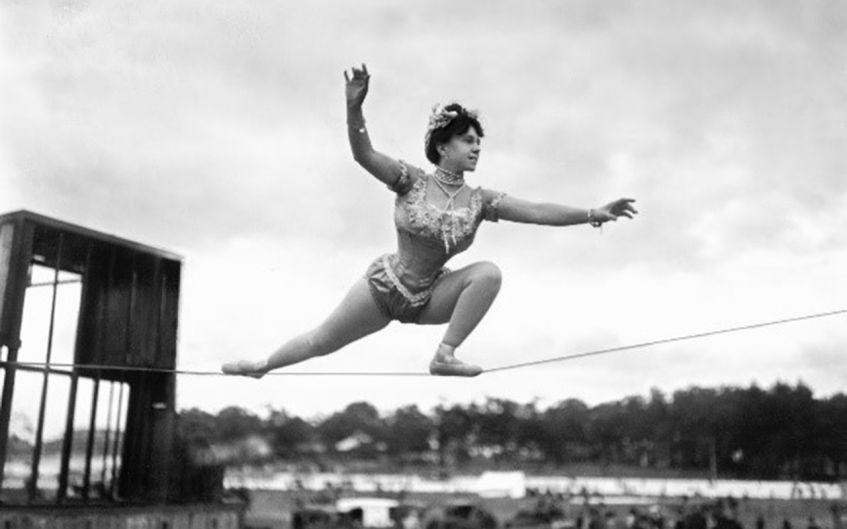Recent Posts
Madame Ultra – Mooring Ropes
Blog Post by: Captain Brian McJury
October 29, 2019

Madame Ultra stood at the edge of immortality, one short tightrope walk across the Snake River Canyon and she will have achieved more than Evel Knievel and his rocket bike ever did. This called for her best rope.
Sancho, her ex-AB rigger, had just heard the terrible news…all her gear was stuck in the Bahamas awaiting GA security to be provided…, “Damn those undeclared dangerous goods” thought Ultra.
“Get to the chandlery and buy their cheapest strong rope, they are used on huge ships, are OCIMF standard, and even with my unicycle and pole, I’m going to be less than 25% the minimum breaking load (MBL) of one of those” she told Sancho. “Actually, I’d suggest you do not buy on price and MBL alone …” he said, Sancho knew something most did not.
Although they make fantastic reading, the dual headliners of MBL and price reflect neither the resilience nor the longevity of a mooring rope. We have been increasingly finding cases where mooring ropes less than one year old were degraded to as much as 25% their MBL when new. Test results as low as 16% in ropes only slightly older than one year have also been found, and this is not at splicing or bollard wear areas.
Of concern is that, although there was slight surface wear evident to the ropes, this was well below a level which would have resulted in the rope being disposed of following a crew visual inspection. In most cases even the bosun’s favourite check on internal abrasion was seen to have been almost non-existent. As a result, it is likely (and was the case) that a recording of ‘satisfactory’ is entered in the vessel’s rope inspection log and usage continued.
What cannot be gleaned from either of our headliner of MBL, or from visual inspection, are the chemical additives in the rope manufacturing process. Many additives are very expensive, but improve resistance to factors such as chemical exposure, heat and ultraviolet light. These three factors, and others, all act on the rope from the second it leaves the factory until final disposal, after what is expected to be many years valuable service. However, if price has become the critical buying factor, then the expensive ‘invisible’ additives become a luxury, after all, a new low cost, high MBL rope meets OCIMF requirements when it leaves the factory, so they must be the same? Our investigation results at Waves Group rather confirms this not to be the case.
Madame Ultra reconsidered, “OK Sancho, get a brand new Dyneema rope, and make sure it has chafe guards fitted, I heard they used those on Evel Knievel’s parachute, and that worked out fine”.
In incidents where mooring lines have failed, the quick and proper securing of the mooring line parts as evidence is critical. Please contact us for more information on this or our experience on mooring breakaways, failures and testing.





